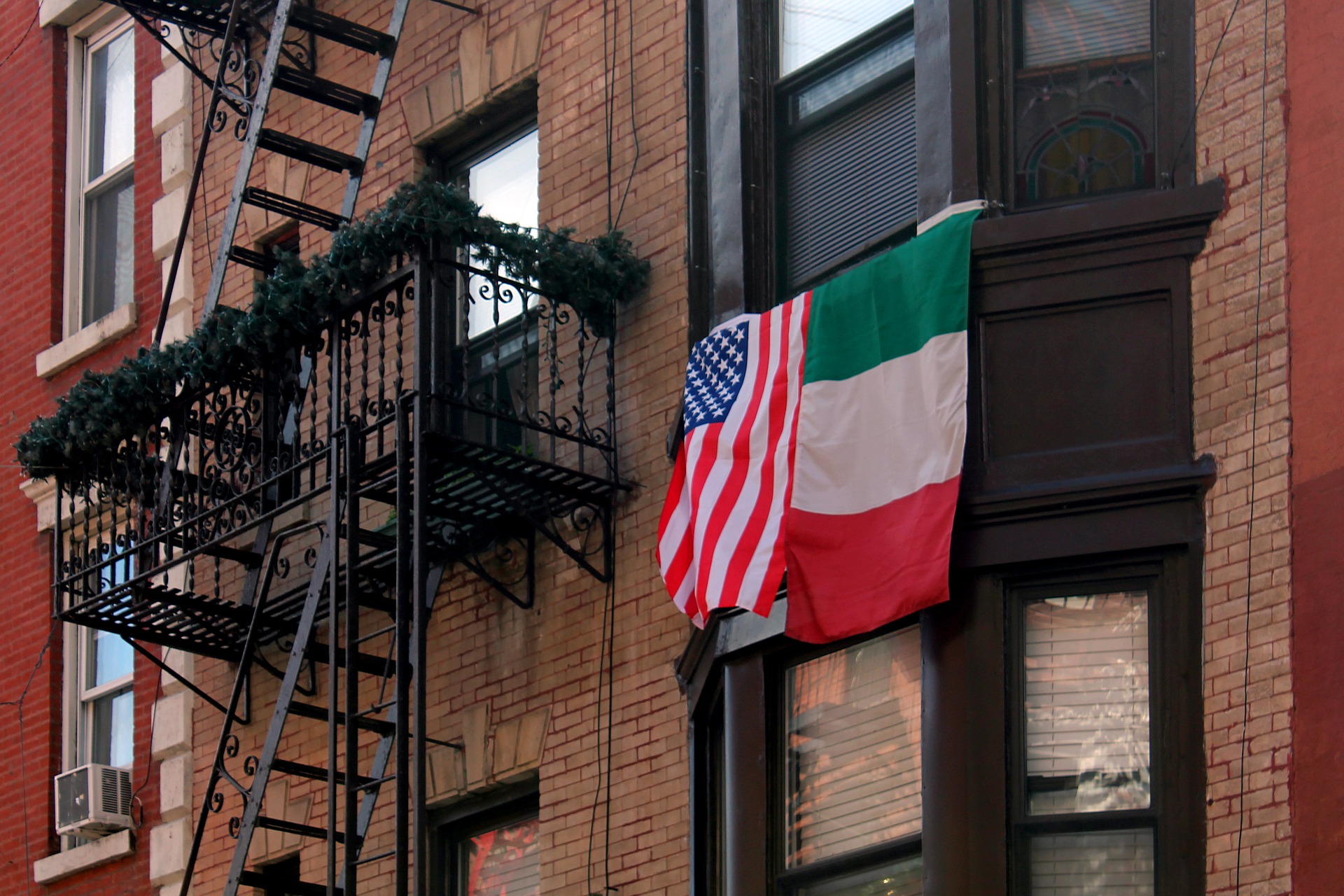The J. Paul Getty Museum, in association with Tate Britain and the Fine Arts Museum of San Francisco, have put together the first West Coast international loan exhibition J.M.W. Turner: Painting Set Free, on view at the Getty Center until May 24th.
The exhibition focuses on the last sixteen years of Joseph Mallord William Turner’s life and work (1775-1851). In terms of artistic production, this period was his most fertile, as it is proved by the over sixty paintings in oils and watercolors on display.
Among them are several stunning marine paintings. Despite some are actually unfinished, these landscapes are made of pure light and colors, and anticipate future abstract compositions. A remarkable example is represented by Norham Castle, Sunrise (about 1845), in which the sunrise hues cover the castle, whose blue contours are merely sketched in the center of the painting. Another main theme, hosted in the same room at the Getty, is Turner’s depictions of whalers, fiercely hunting the animals for their oil, widely used in oil lamps at that time. Even if Turner had never witnessed a whale hunting, he drew inspiration from Thomas Beale’s Natural History of the Sperm Whale (1839), just like Herman Melville did a few years later to write his world-famous masterpiece Moby-Dick (1851).
The rest of the loan exhibition is dedicated to the artist’s travels across the European continent, mainly in Switzerland, Germany, and Italy. The painter, who loved and continued to travel until he was seventy years old, used to carry with him a sketchbook where to capture the constantly changing lights and reflections on the landscape, and especially on water.
The city of Venice, in Italy, always held a special place in Turner’s heart, thanks to its romantic and decadent atmosphere. On display at the Getty is also the watercolor painting Turner’s Bedroom in the Palazzo Giustinian (the Hotel Europa), Venice (about 1840), which stands out as a very rare, personal and intimate subject in the painter’s production. It depicts Turner’s bedroom through a series of colorful squares defining the space, and the Saint Mark Basilica’s bell tower is visible outside a window in the distant background. Among other poetic views of the lagoon city in northern Italy, the oil painting The Sun of Venice Going to Sea (exhibited in 1843) shows a few ships sailing off Venice at dawn, as the city is still in a mist. Besides painting, William Turner was also deeply interested in poetry and liked to match his paintings with verses. In this case, the symbolic, dark, looming menace that appears in spite of the bright sunlight evokes the typical romantic fatalism of some 18th and 19th-century British poets, the likes of Lord Byron and Thomas Gray.
The exhibition also features two large-scale paintings on contemporary subjects: Burning of the Houses of Lords and Commons, 16th October 1834 (1834-35) and The Hero of a Hundred Fights, about 1800 – 1810 (1847). A further evidence of Turner’s virtuosity, contrarily to his peers, he completed most part of these works during the so-called “Varnishing Days”, a short period of time traditionally granted by the Royal Academy and the British Institution for the artists to finish their works before the exhibition’s opening. The last paintings on view are pairs of opposites, including Ancient Rome: Agrippina Landing with the Ashes of Germanicus and Modern Rome – Campo Vaccino (both exhibited in 1839). Turner’s portrait of a dignified scene from the ancient city is in contrast with a modern view of Rome’s ruins, populated by 19th century Romans engaged in their daily activities.





























